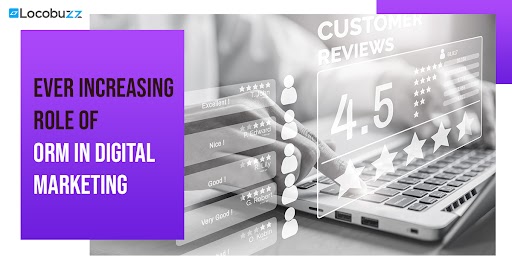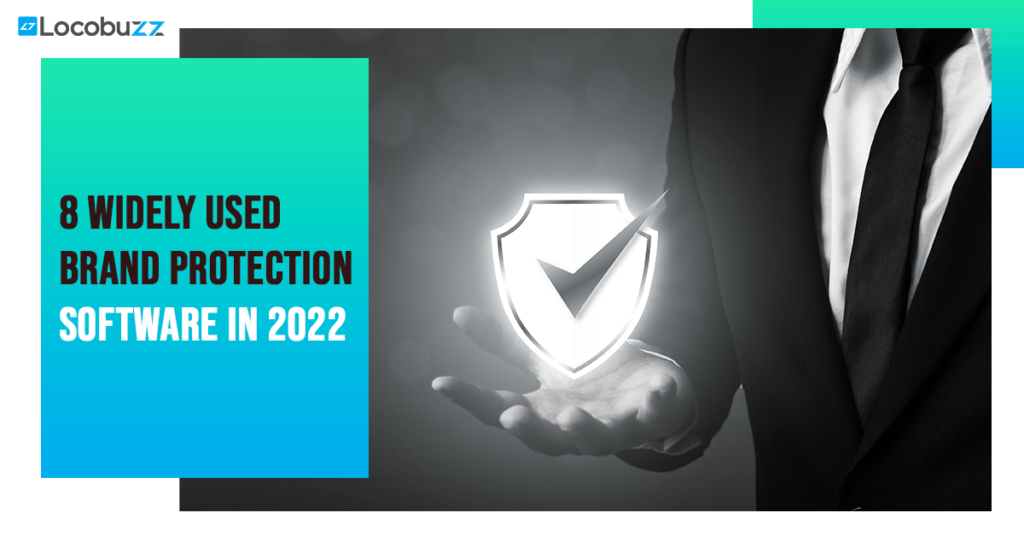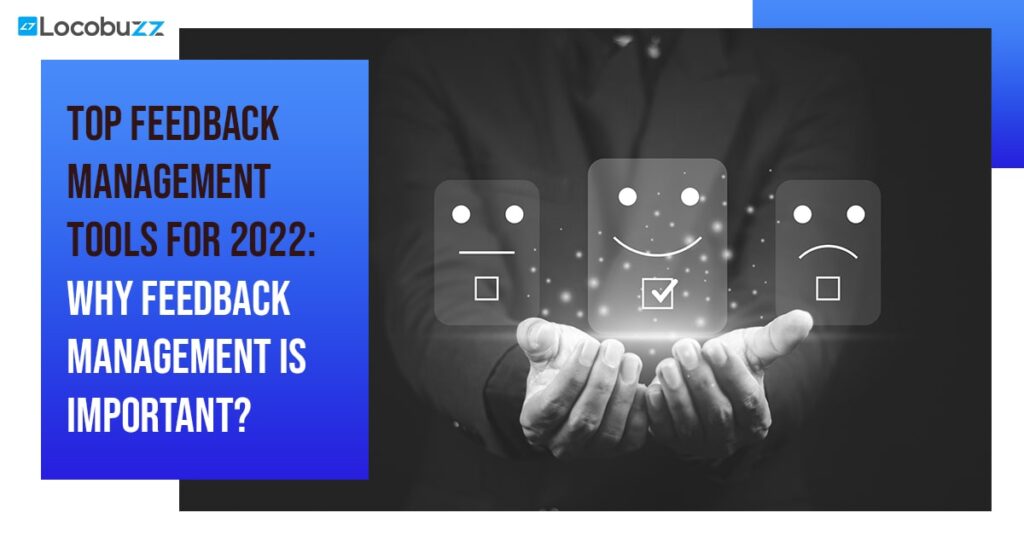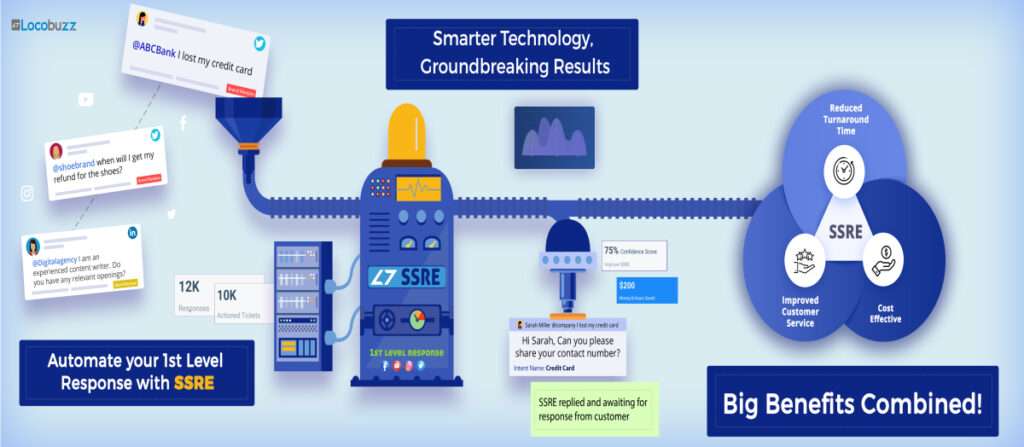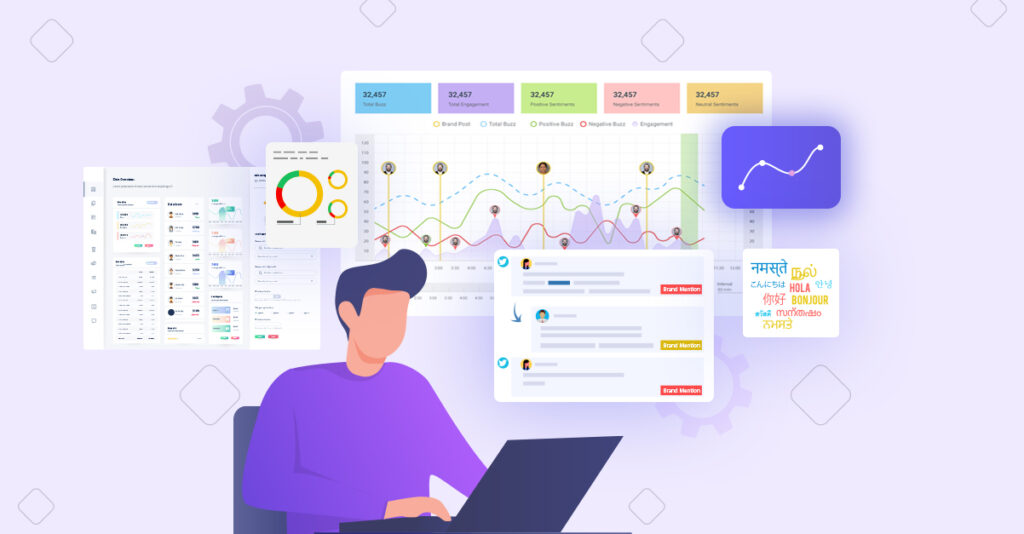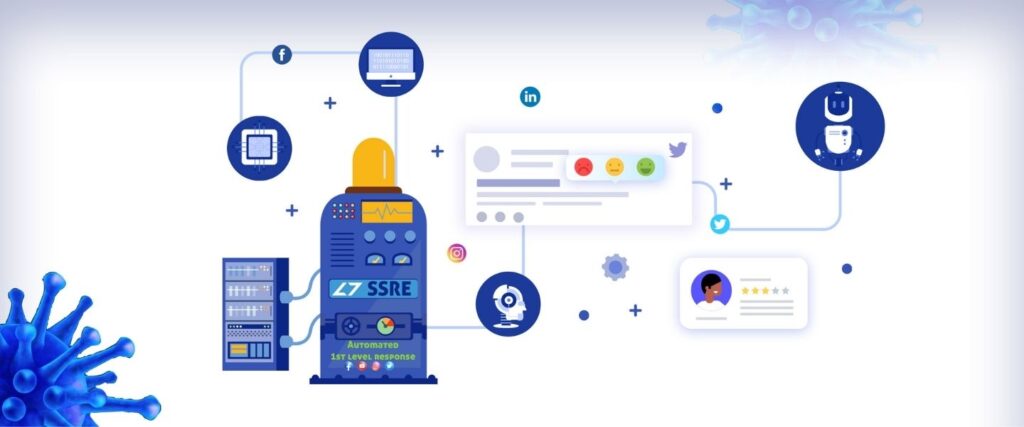What is the role of ORM in digital marketing?
With businesses investing rapidly in the digital marketing realm, it is critical to understand its advantages and disadvantages. By controlling online reviews, addressing consumer comments, and preserving a good reputation, ORM in digital marketing helps firms develop trust. ORM meaning in digital marketing With businesses investing rapidly in the digital marketing realm, it is critical to understand its advantages and disadvantages. The Indian digital advertising industry is set to grow at 31% CAGR, reaching Rs. 51,110 crore by 2024 from Rs. 29,784 crore. The overall Indian advertising market, currently at Rs. 85,769 crore, is expected to expand by 15.07% to Rs. 1,13,575 crore by 2024. With the incredible increase in digitalisation, engagement has spiked. This has created opportunities for both positive and negative feedback from the audience. It takes a second for one comment or a bad review to go up online and damage your reputation. It is indeed an arduous task to manage an excellent reputation online. What Is Online Reputation Management? Online reputation management (ORM) involves monitoring, influencing, and maintaining a brand’s or individual’s online presence. It includes managing bad comments, supporting good material, and guaranteeing a good online reputation. Across search engines, social media, and review sites, ORM enables companies to establish a reputation, boost customer confidence, and control public view. What is the role of ORM in digital marketing? ORM handles online reviews, interacts with customer comments, and develops reputation and confidence. It affects consumer choices and increases a brand’s internet visibility. Businesses investing in ORM saw a 25% sales increase, highlighting its importance in protecting brand image. Businesses have a determining motive and perspective when creating a company. When presented online to a mass viewership, how do these viewers perceive your business? This is an important question to ask. ORM alludes to a process that incorporates monitoring, addressing, or mitigating SERPs (search engine result pages) and social media comments. With the tremendous growth in digital marketing, it is now easy for businesses to have a decent digital presence (website, social media handles). Regardless, let’s not forget the competitors who tarnish the organization’s reputation with negative reviews and criticism. Monitoring involves scanning the internet, social media, reviews, forums, and news for brand mentions. ORM, assists businesses in establishing and maintaining a positive brand image on the internet. You can easily deflect and minimize the prominence of any critical attacks on your image. If any of your personal information is leaked online, ORM helps remove such data from public databases, known as “people search” databases. Also read: Here are the top 10 best practices for the same. Below mentioned are the features of ORM platforms that you should consider before investing in one: Monitor your Online Reputation in real time Detailed Analysis of your brand perception in the community Competition benchmarking abilities Crisis management ORM stands for Online Reputation Management in digital marketing. It refers to the practice of monitoring and improving the way a brand or individual is perceived online. Emerging ORM Trends in 2025 In 2025, ORM is no longer just about crisis control it’s a strategic function impacting brand equity, stakeholder trust, and revenue growth. Here are some key trends shaping ORM this year: AI-Powered Sentiment Analysis—AI-powered sentiment analysis enables brands to quantify public perception, proactively mitigate risks, and fine-tune messaging based on real-time consumer sentiment. Personalized Consumer Engagement—B2B brands leverage data-driven engagement to build stronger client relationships, ensuring that high-value accounts receive tailored communication that enhances loyalty and advocacy. Influencer & Employee Advocacy—Businesses are leveraging influencers and employees to enhance credibility and trust. Crisis Management Automation – AI-driven ORM in digital marketing tools helps brands respond swiftly to reputation threats. Voice & Video Reviews—As audio and video content increase, managing non-text reviews is becoming crucial. Decentralized Web & ORM—Web3 and blockchain are influencing how online reputations are managed transparently. Ethical ORM Practices – Consumers demand more authenticity, pushing brands toward honest, value-driven communication. Companies with strong reputations can attract better partnerships, and close deals faster. ORM is no longer an isolated function but a key driver of business valuation. LOCObuzz is a powerful ORM tool that helps businesses monitor and manage their online reputations efficiently. Its features, such as real-time feedback analysis and sentiment tracking, enhance customer engagement. Read more reviews from real users here: LOCObuzz Reviews on G2. Case Study: Improving Local Objectives Buzz with Customer Experience One of the top private-sector banks teamed with Locobuzz to improve its customer experience approach. By using Locobuzz’s unified digital customer experience management system, the bank greatly improved customer involvement and operational efficiency. Through improved social media activity, the bank produced at least 700 fresh leads per month across several verticals, including credit cards and personal loans. The bank’s sentiment uplifting score rose by 35%, in line with better customer impressions. Mapping comments against over 50 items and 850 sub-products helps the dashboard deliver real-time insights on online funds and business KPIs, thereby obtaining important customer feedback. These findings highlight how well-integrated advanced ORM solutions such as Locobuzz change consumer experience tactics. See the complete case study for additional specifics. Expert quotes highlight the critical role Online Reputation Management (ORM) plays in today’s digital landscape. Industry leaders emphasize its importance in building trust, enhancing customer relationships, and protecting a brand’s image. Here’s a valuable insight: “In today’s digital world, your online reputation is your brand’s most valuable asset. ORM is no longer a luxury; it’s a necessity for businesses of all sizes.” – John Jantsch, Marketing Consultant & Author Online reputation has a significant impact on customer trust, with negative reviews potentially damaging a brand’s credibility. Implementing an effective ORM strategy helps improve search visibility, ensuring that positive content ranks higher. Customer feedback plays a crucial role in driving business growth, while social media shapes public perception of a brand. E-commerce brands, in particular, require proactive ORM to stay ahead in a competitive market. Review monitoring tools assist in managing and protecting a brand’s online reputation, while fake reviews can harm conversion rates. ORM also

